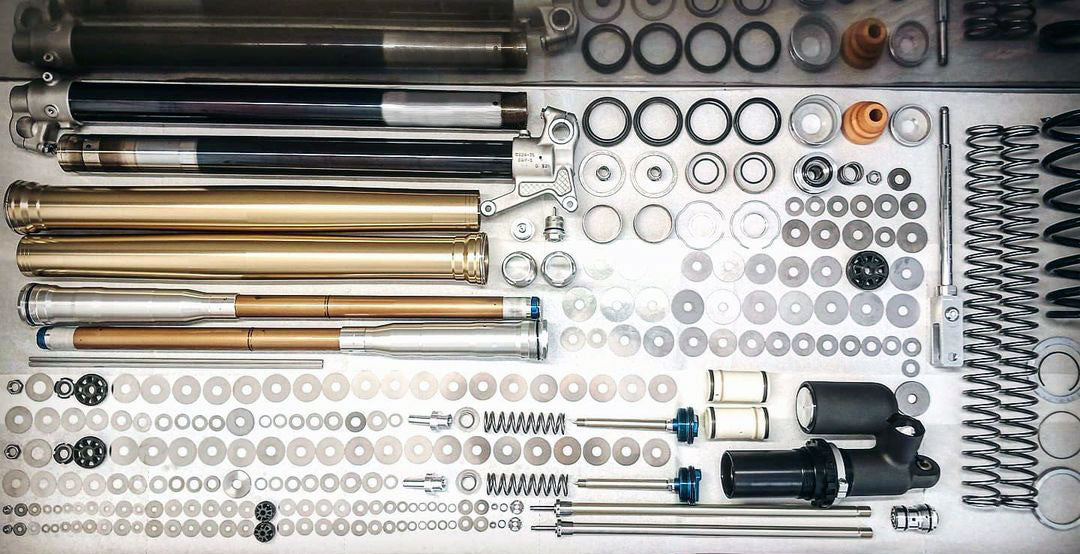- Joined
- Nov 12, 2021
- Messages
- 421
I’ve seen this multiple times now, across various forums: dampers lasting for well over a 100k miles and even 200k+, or so people claim.
In my own case, at nearly a 100k I detect no issue with them, with my adult-still-teenager driving style. I know there is no issue because there is no extra bounce when hitting certain familiar expansion joints at freeway speeds.
Here are just a few examples of people’s posts on various German car forums (but not limited to German cars) with people claiming 140k mi or even 220k mi on original dampers







And so on.
How often do people replace still functional dampers and then “think” they feel an improvement, whereas if a proper scientific measurement was done, there’d be no significant difference?
The recommend “every 50k mi” is a corporate BS, no?
In my own case, at nearly a 100k I detect no issue with them, with my adult-still-teenager driving style. I know there is no issue because there is no extra bounce when hitting certain familiar expansion joints at freeway speeds.
Here are just a few examples of people’s posts on various German car forums (but not limited to German cars) with people claiming 140k mi or even 220k mi on original dampers
And so on.
How often do people replace still functional dampers and then “think” they feel an improvement, whereas if a proper scientific measurement was done, there’d be no significant difference?
The recommend “every 50k mi” is a corporate BS, no?





